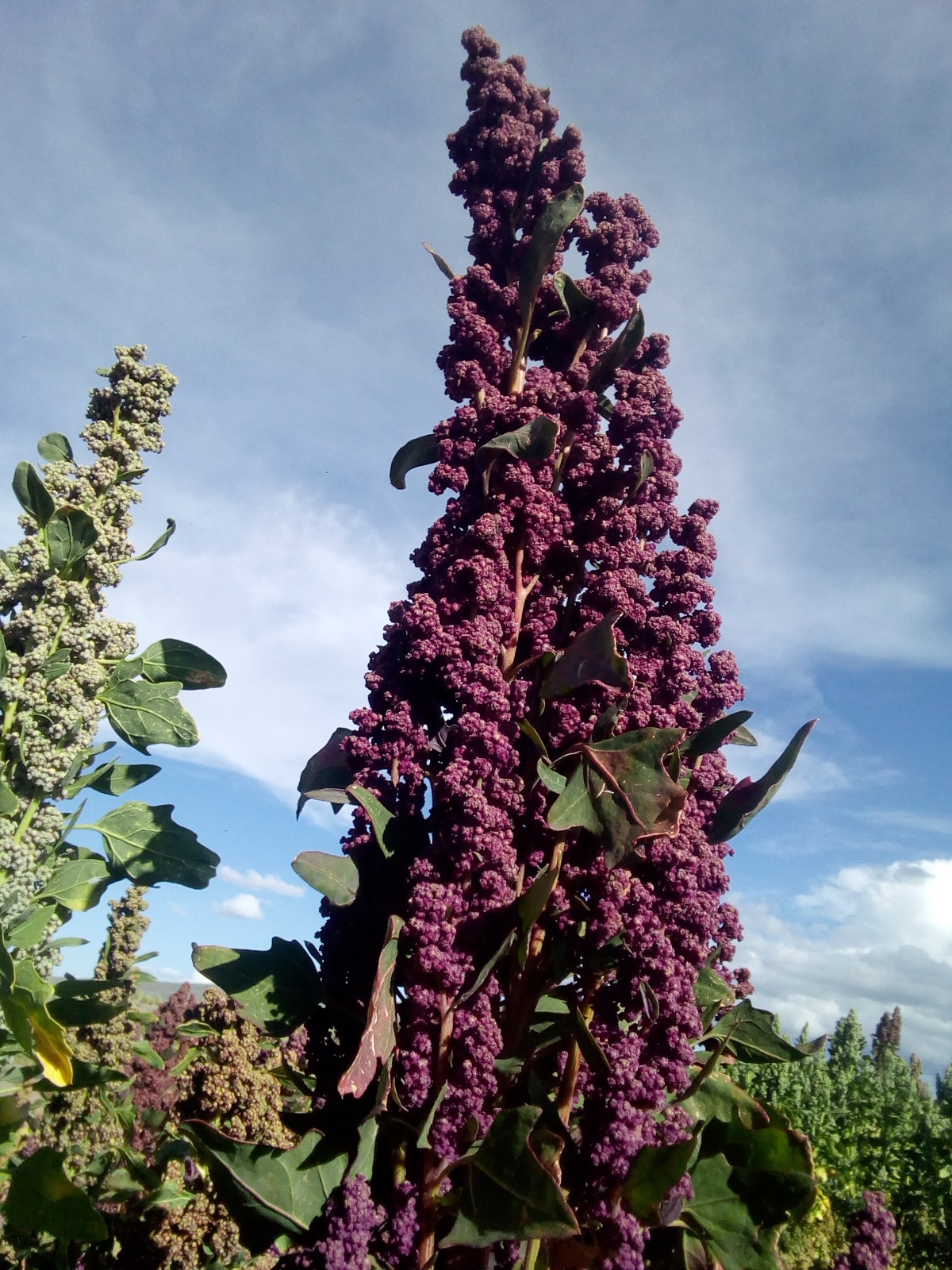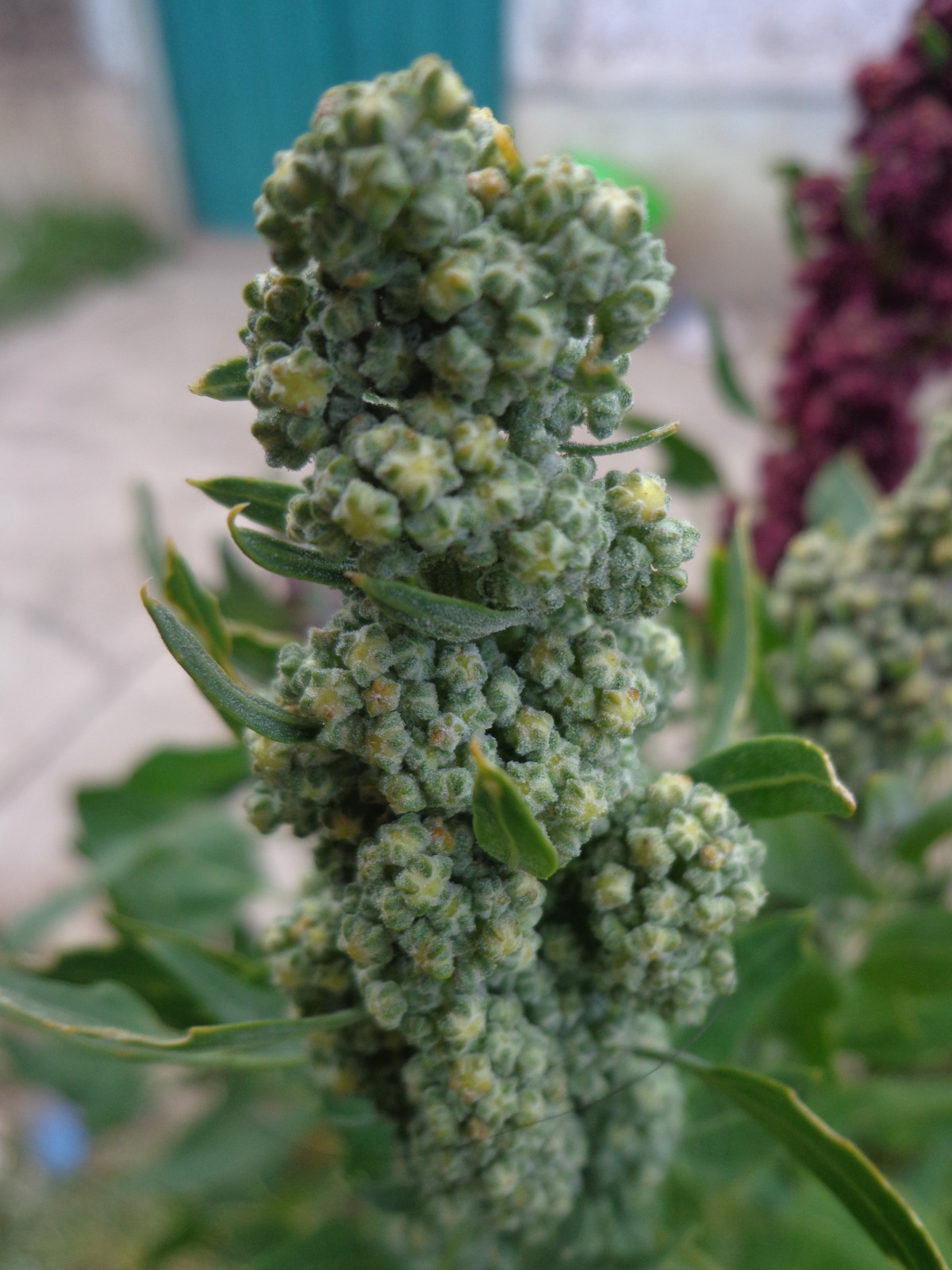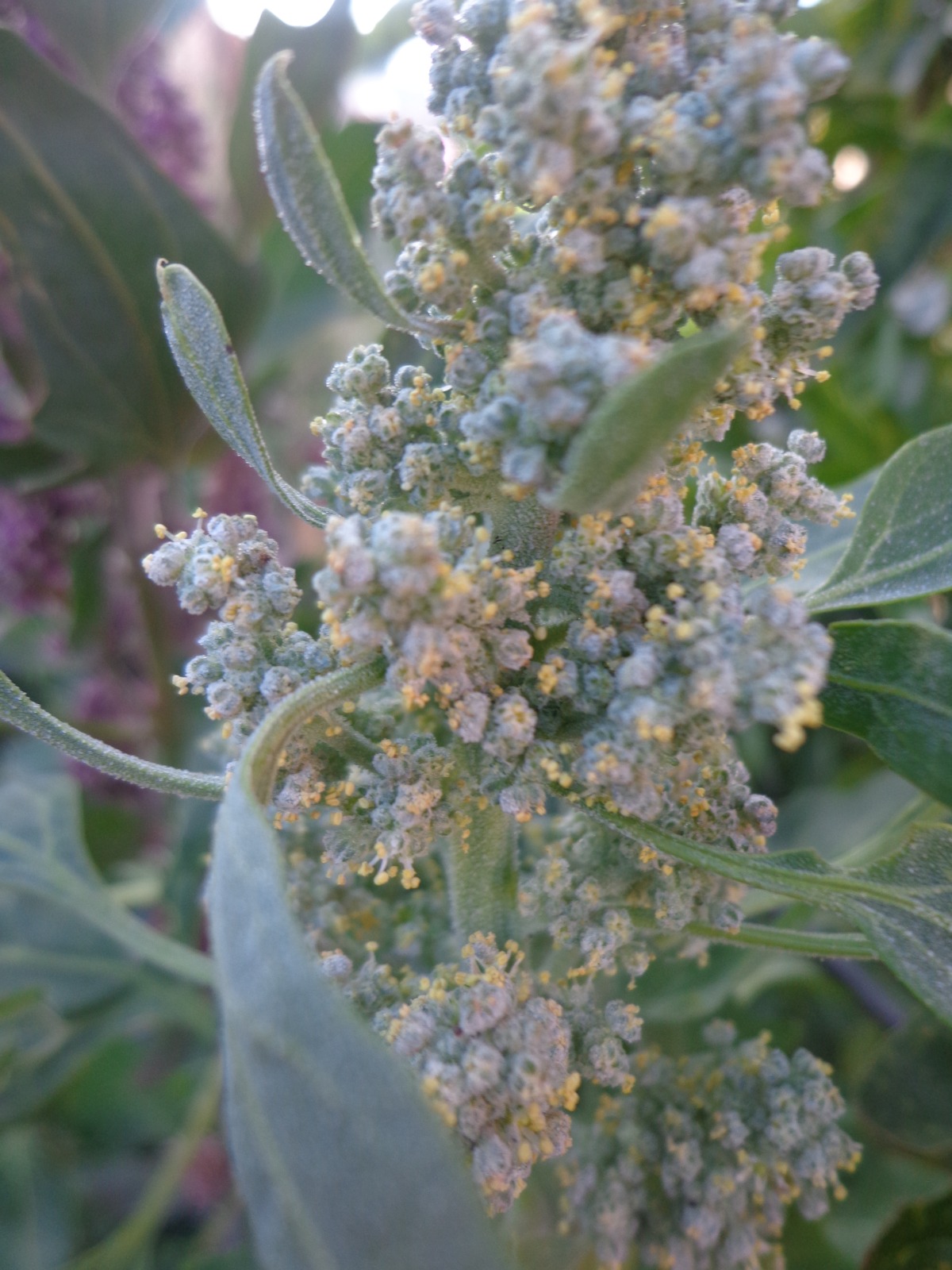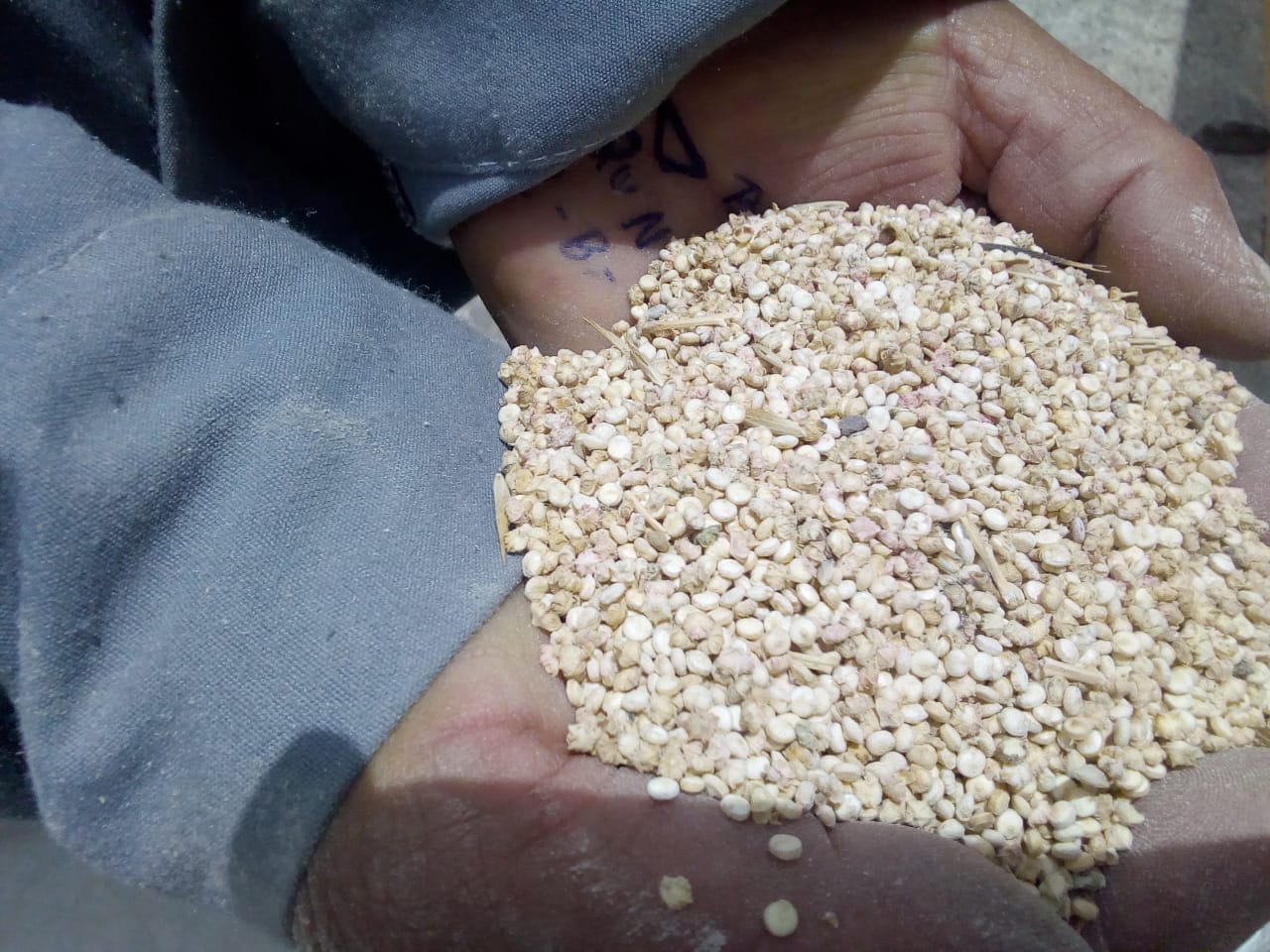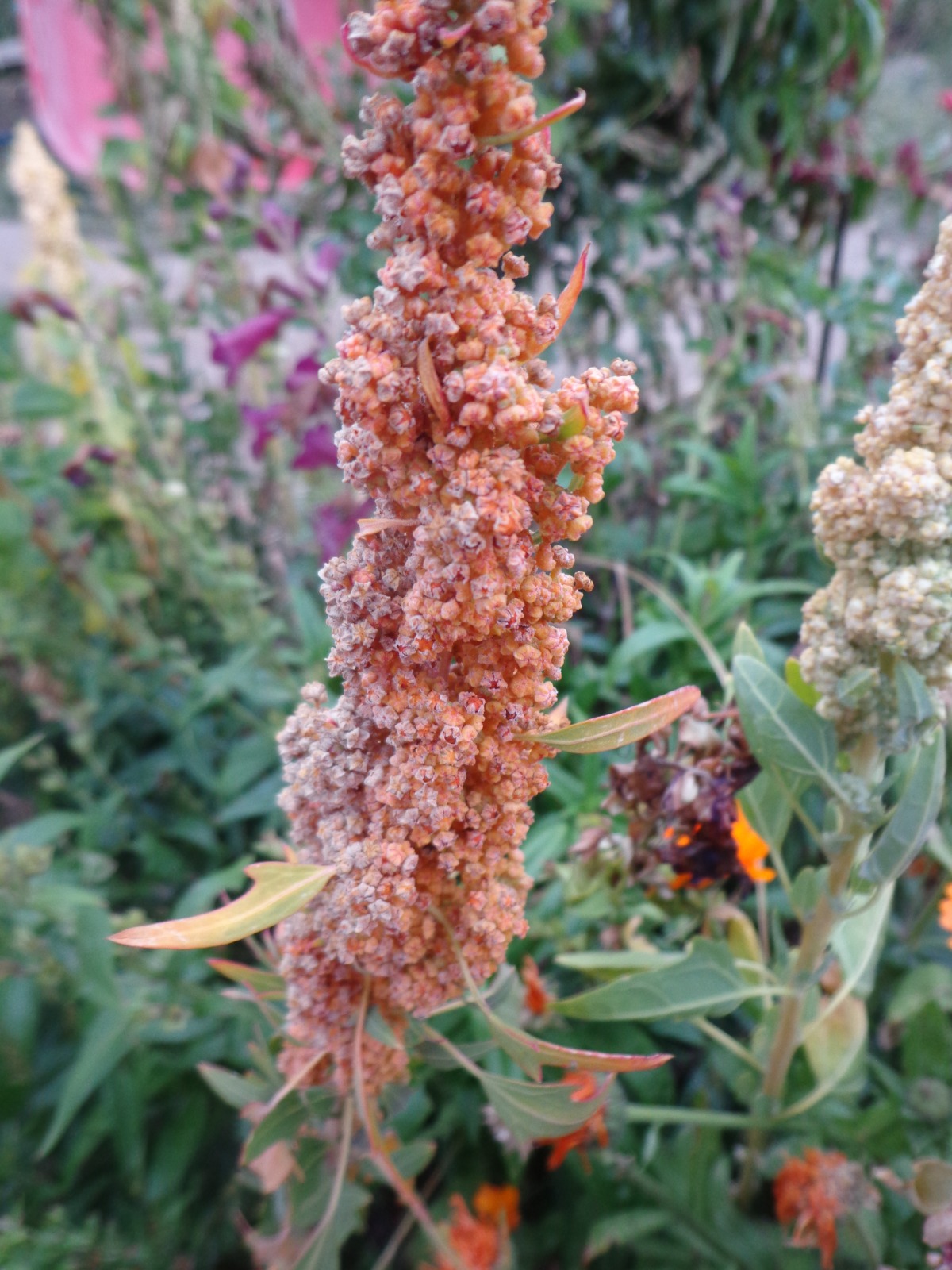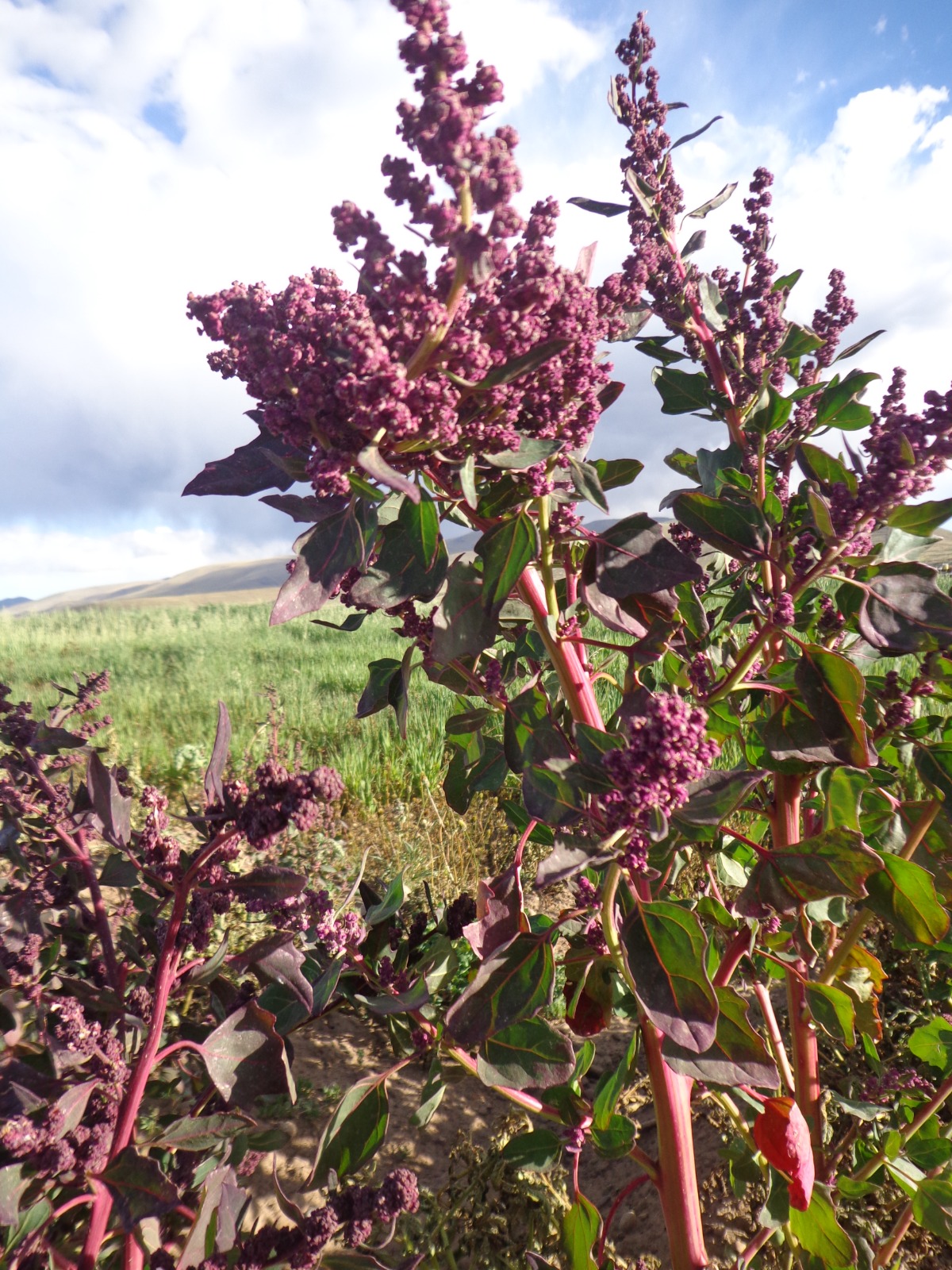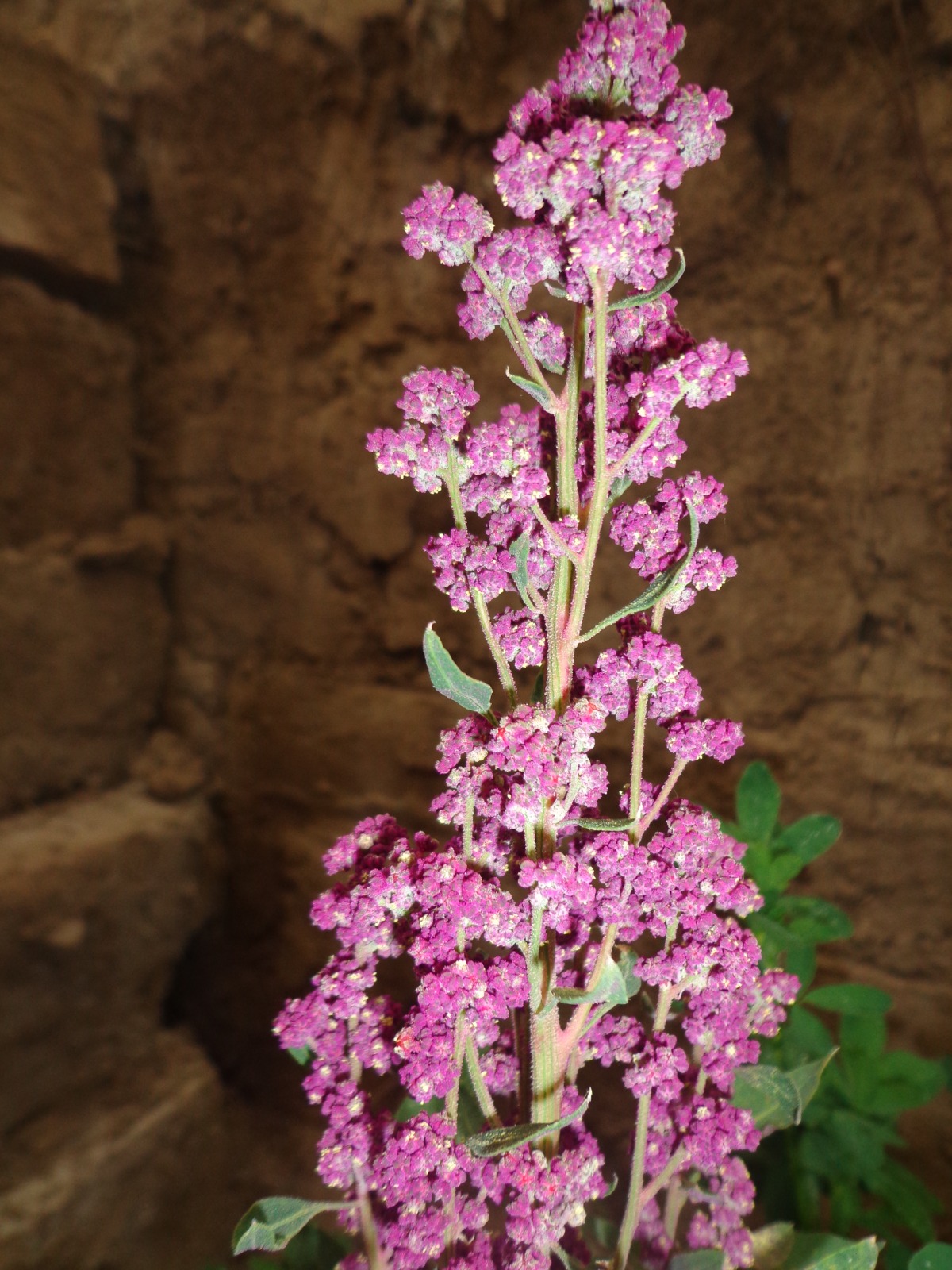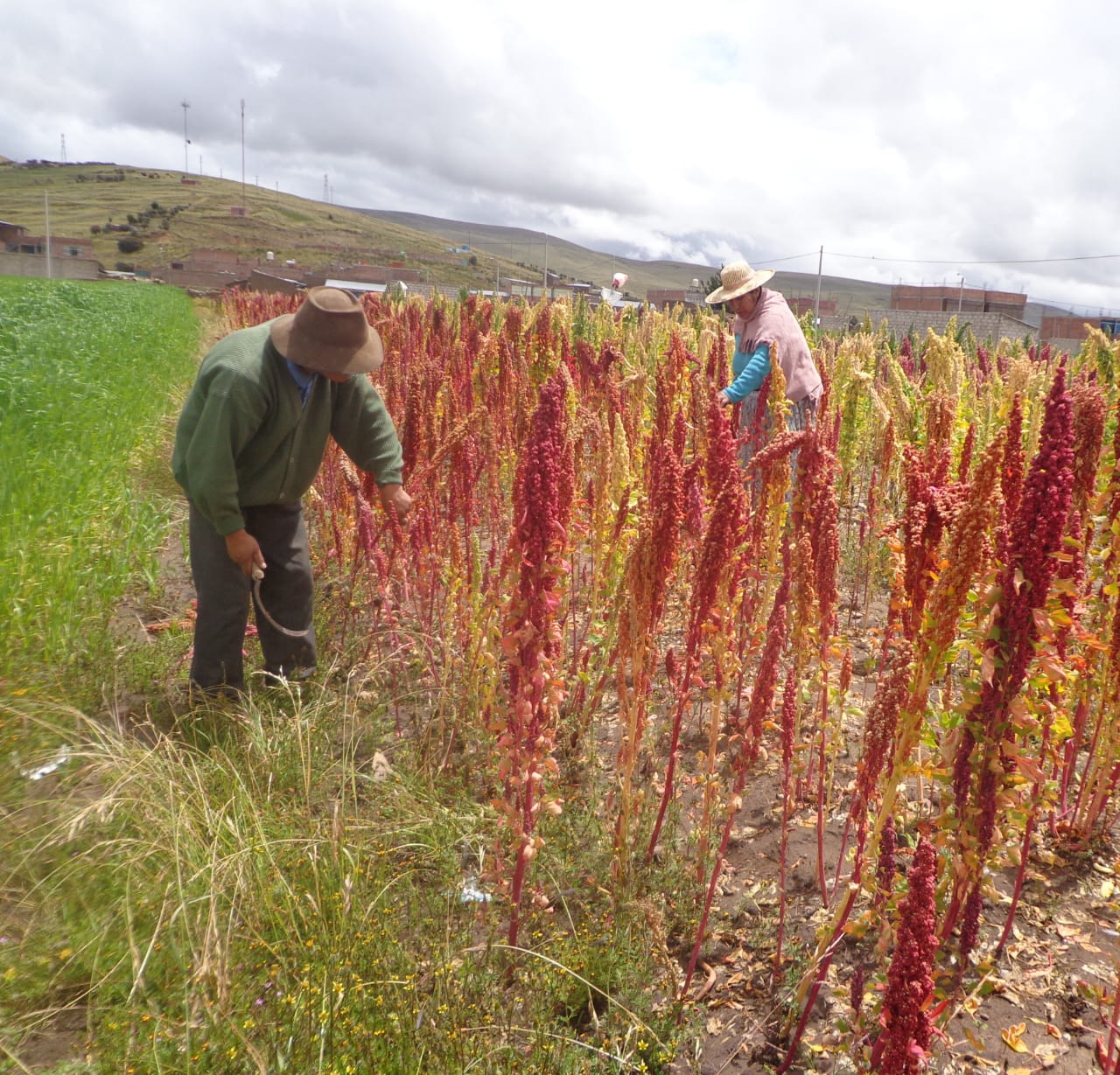Biodiversity
Currently, the diversity of quinoa seeds is being lost, because white quinoa is more commercial. People prefer to sow that variety because it generates an income. However, the other varieties that prevailed before the “quinoa boom” of the early 2010s –yellow, red and black (wild) quinoa– were still in the family storages. In the past, these colourful varieties were planted and harvested in large quantities. It is worrisome how the seeds are now being lost; even more so when drought brings hardship to the farmers who used to reserve a certain amount of seeds for the next agricultural cycle. When farmers buy seeds, sometimes they do not sprout in the plots; therefore, it is necessary to keep the seeds that match the ecological floor and to have a seed bank to safeguard agro-biodiversity. Agricultural activities have changed in recent years due to climate change, and the water deficit –which increases every day– leads families to choose agricultural products that are resistant to drought, “veranillos” (dry spells), and frost.
